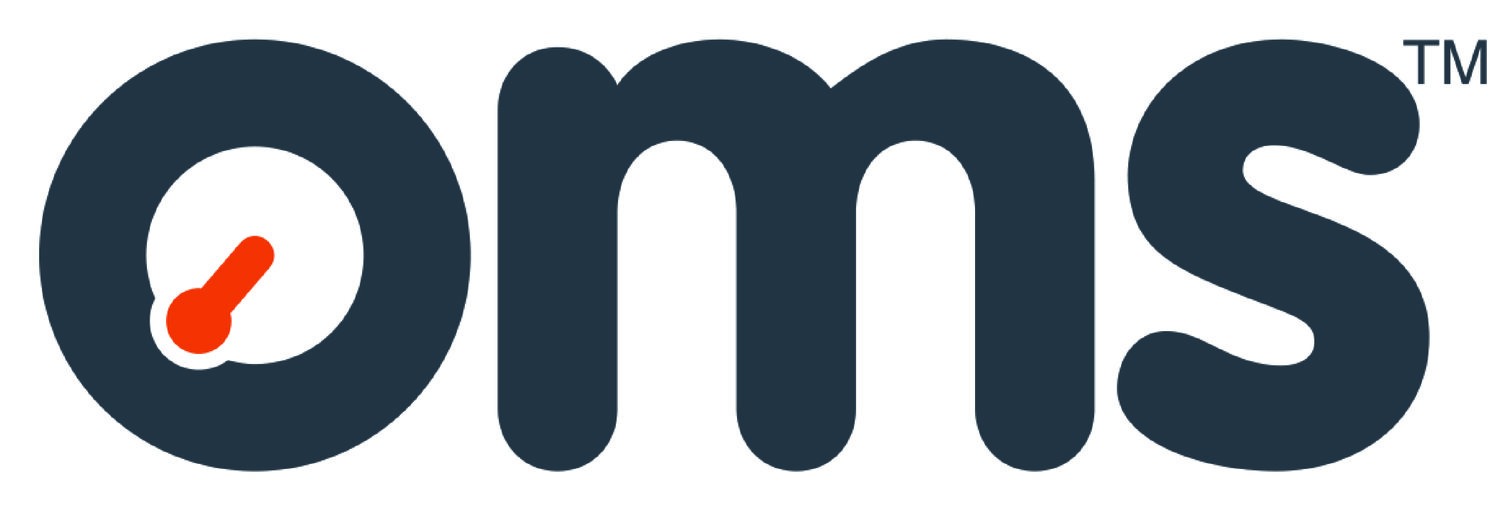4 key things every weld inspector needs to know
Weld inspectors oversee every aspect of welding, including training, materials, processes, equipment and more. They keep infrastructure safe, reliable and operational throughout the world by making sure welds meet all the necessary codes and standards. In this article we take a look at four key things every weld inspector should know.
1. How to weld
This sounds obvious but is an ideal place to start – before beginning their inspection career prospective inspectors must have practical experience of welding. The American Welding Society, provider of the most popular weld inspection certification system in the US, requires proof of employment as a welder before someone can be accepted onto its Certified Welding Inspector course.
Practical experience in various types of welding is beneficial to a prospective weld inspector. Varied experience gives him or her hands-on knowledge of different welding processes, evidence-based opinions on what makes a good weld and a wider understanding of the different standards and codes vital to passing or failing a weld.
2. The technical info – processes, testing and standards
Becoming a weld inspector requires a considerable amount of study. Inspectors must be aware of all the practical aspects of welding so that they can spot a bad weld easily. They need to learn about the various testing methodologies from visual inspection, to non-destructive methods such as radiography or ultrasound, to destructive processes such as fillet weld break tests.
Prospective inspectors must also be familiar with the vast number of codes and standards relating to welding. Major standards bodies issue regulations on every aspect of welding, the American Weld Society publishes over 240 codes alone and the International Standards Organisation lists 687 standards relevant to welding on its website. Inspectors usually specialise in a particular field of welding and will need to know all the standards and codes applicable to that field inside out.
3. How to communicate
Weld inspectors must deliver factual and accurate reports written in clear language the customer will be able to understand easily. Write-ups should contain plenty of detail to help the customer make the decisions that are right for their business. In an article published in The Fabricator in 2010, writer Dan Davis describes the contrasting approach of two inspectors,
Here the second inspector’s report provides vital details that will help the customer understand clearly why one weld has been passed and one rejected and gives information useful for their records.
Weld inspectors must sometimes deliver unwelcome information. Giving unwanted news is difficult in any industry. In weld inspection it is vital because the safety of our infrastructure depends on inspectors being able to give their honest opinion. Being able to provide bad news in a respectful and polite manner, while remaining firm in your opinion is an important skill for weld inspectors to develop.
4. The importance of independence
Finally, although they may be working closely alongside industry operators weld inspectors must know how to remain independent. No matter how well they get along with the site manager, or how important a particular weld is to the success of a project, or how much money they know may be lost if a weld fails, they must be able to assert their independent decisions. Our infrastructure depends on it.
OMS WeldAnalysis software
Weld inspection services
OMS provides a range of weld inspection tools and services. To find out more about what we offer click here.
Find this article useful? Sign up for more here!
Posted 19.12.19
[5 minute read]

